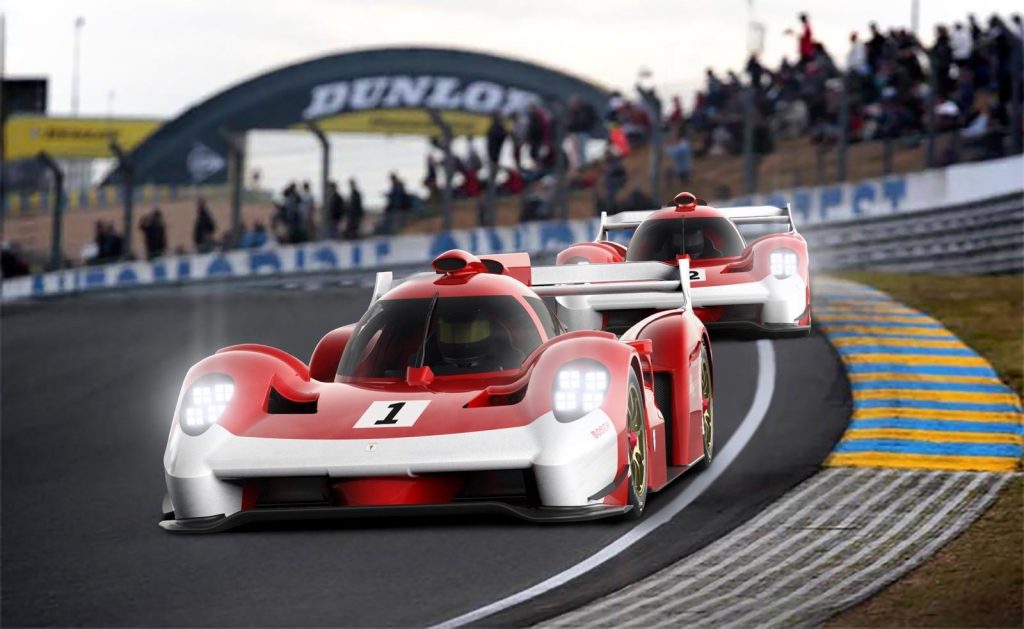17 June 2022
The centenary edition of the Le Mans 24 Hours in 2023 will be an occasion that will attract both new and ‘old hands’ to compete at Le Mans, known as the Circuit de Sarthe. Named after the river that passes through the town of Le Mans, the track comprises private and part public roads; at 8.467 miles, the track is among the longest in the world.
Le Mans is unique because, unlike fixed-distance races whose winner is determined by minimum time, in the 24 Hours of Le Mans, the winner is the car that covers the greatest distance in 24 hours. Racing teams must balance speed demands with the cars’ ability to run for 24 hours without mechanical failure.
It was 10 June 1973 that Ferrari last entered Le Mans, and now they intend to compete in the Hypercar Class. Ferrari made the initial announcement in February 2021.
A Ferrari first won Le Mans in 1949 and most recently in 1965. And the earlier race would count not only for the heroics of Luigi Chinetti, who drove for 22 of the 24 hours but also for his 166MM used a tiny 2.0-litre V12 to beat off the opposition with vastly larger engines.
Whilst there have not released any official pictures, the Plan is to start development testing shortly, a time when’ Spy Shots’ typically appear. All that is known is that the Ferrari will be an all-wheel drive with a hybrid powertrain.
In addition to Ferrari, a series of other carmakers are entering the fray, Cadillac with its GTP Hypercar, Lamborghini, Acura, Toyota, Peugeot, BMW and, of course, Porsche.
This year, Toyota secured its fifth consecutive victory in the Le Mans, Toyota was never seriously threatened by its two Hypercar rivals, Glickenhaus and Alpine. Both Toyota teams completed 380 laps, and Glickenhaus took third and fourth, completing 375 and 370 laps, respectively.

